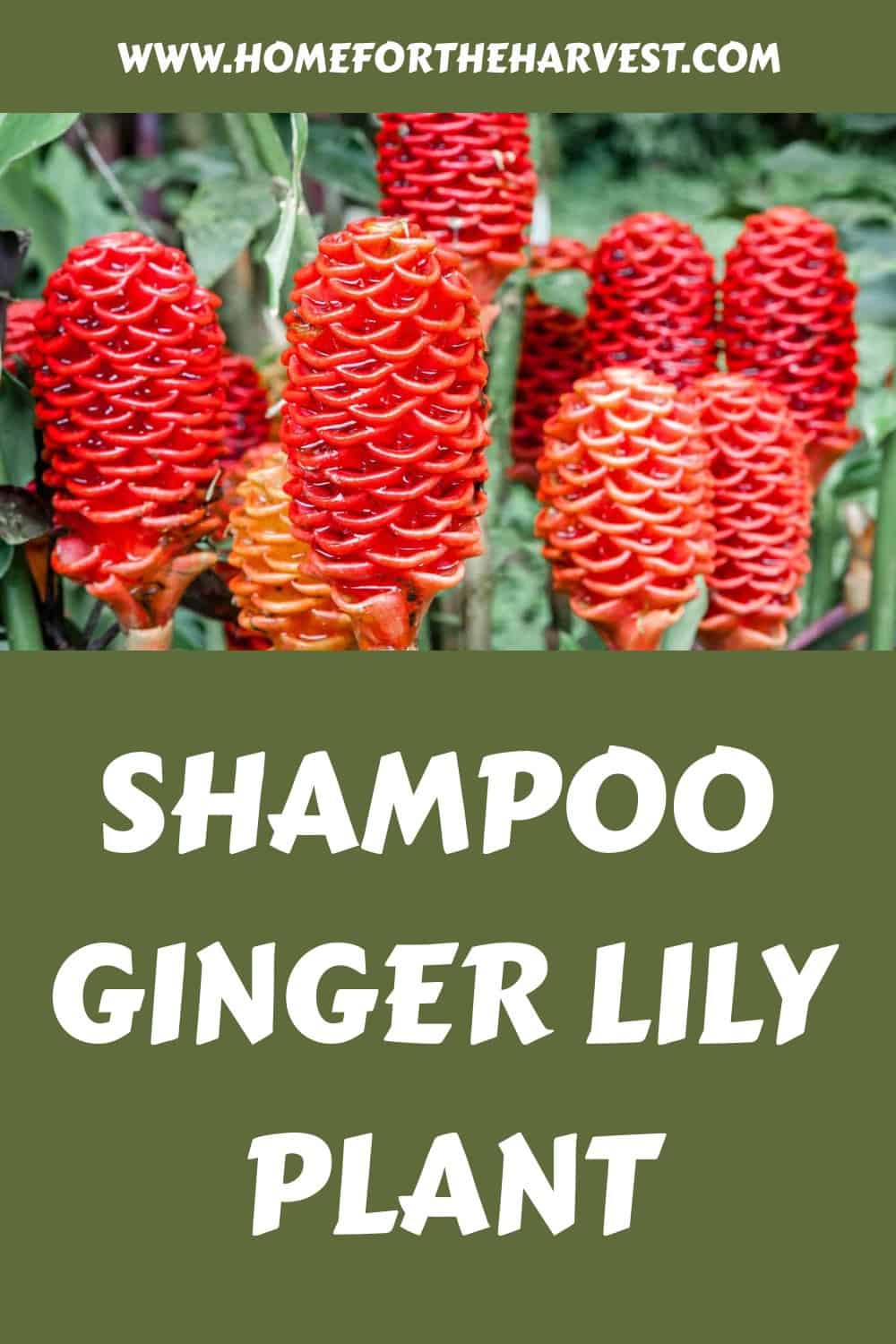Shampoo ginger lily (Zingiber zerumbet) is a tropical flowering plant in the ginger family that grows from underground rhizomes. This herbaceous perennial has pinecone-shaped red flowers and narrow green leaves. The plants grow well in wet climates and typically reach 3-5 feet tall and 2-3 feet wide. Sap from the flowers can be used for hair care.
Introduction to the shampoo ginger lily
The shampoo ginger lily (Zingiber zerumbet) is a flowering herbaceous plant in the ginger family Zingiberaceae. This plant is typically grown for both its roots and its flowers. Its rhizomes can be used in cooking, and its flower-like inflorescences contain clear sap that can be used as a hair care product.
This plant is native to the tropics of Southeast Asia, including regions of India, China, Laos, Thailand, Myanmar, the Philippines, and Vietnam. It’s also been introduced into some warmer areas of the world, including Florida, Hawaii, the Caribbean, Madagascar, Queensland, and Fiji.
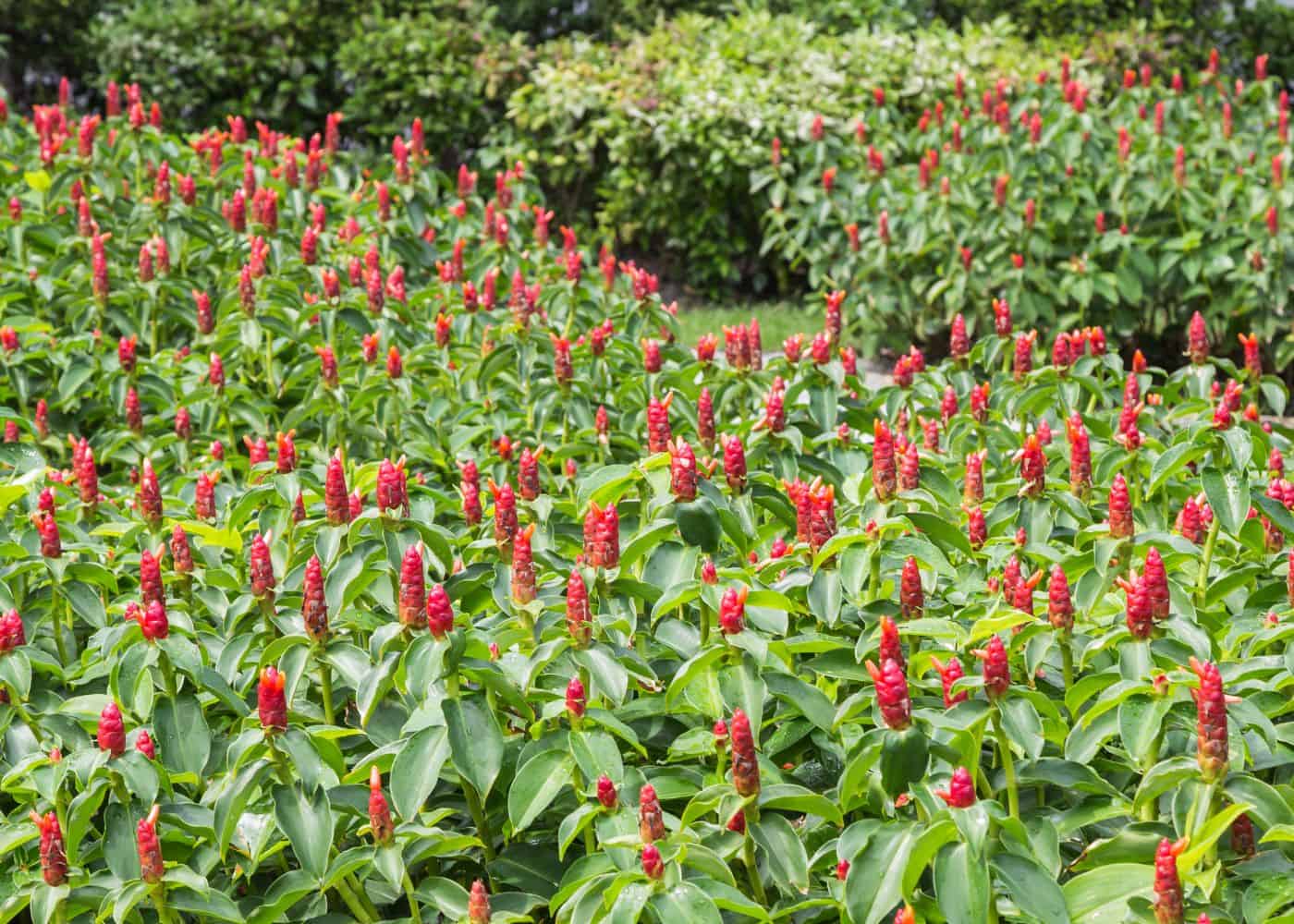
Common names for Zingiber zerumbet include shampoo ginger lily, shampoo ginger, shampoo lily, bitter ginger, pinecone lily, and beehive ginger. In Hawaii, where it was originally introduced as a canoe plant, it’s called ‘Awapuhi or Awapuhi Kuahiwi. In India, the plant is called Avanti.
Shampoo ginger lily (Zingiber zerumbet) is not a true “lily” plant in the botanical sense, as it is in the ginger family (Zingiberaceae) rather than the lily family (Liliaceae). This tropical plant and can only be grown outdoors reliably in USDA Zones 10-12. Gardeners in Zones 8-9 may be able to keep this plant growing outdoors if it is in a protected environment away from frost and frozen soil.
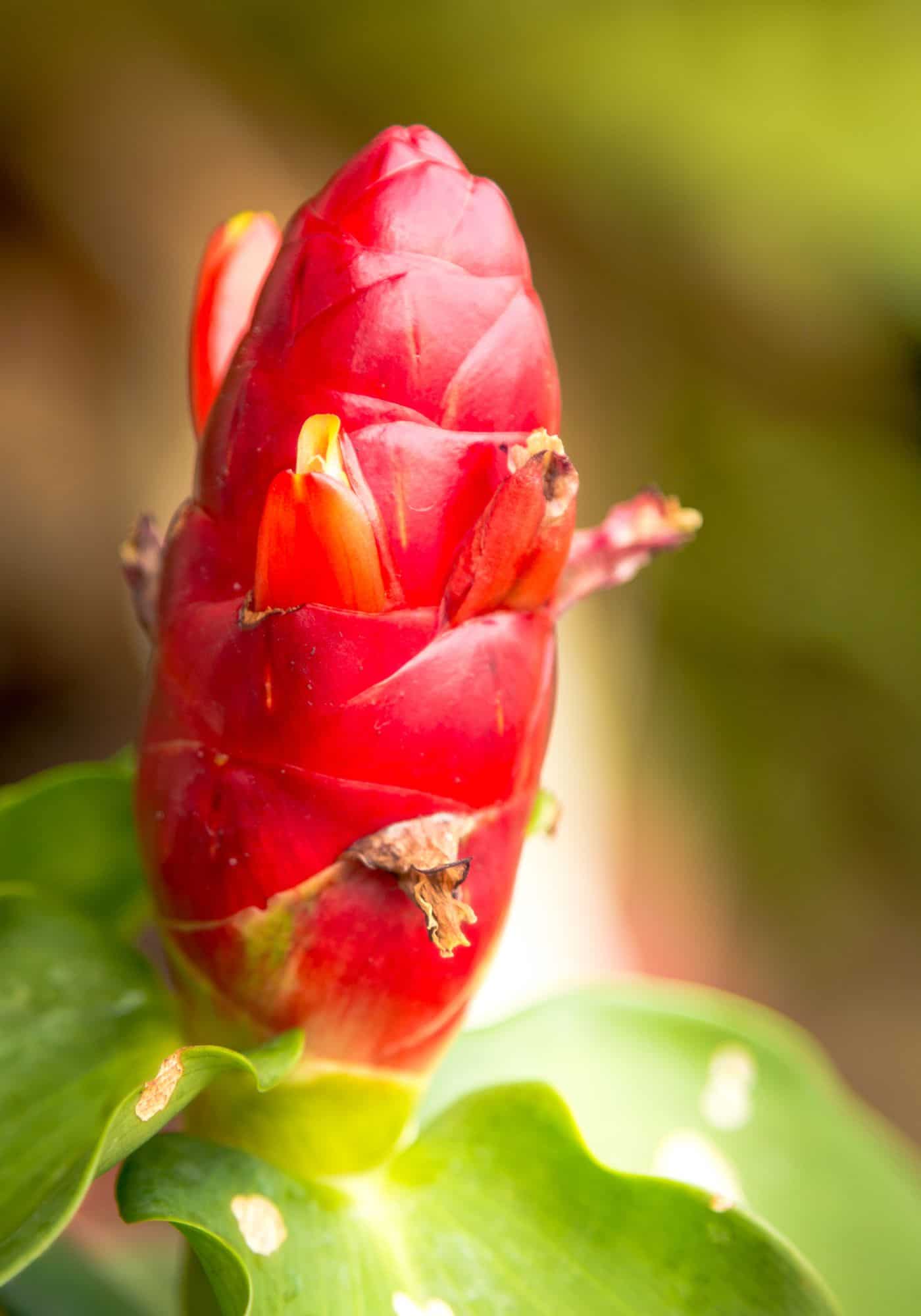
Plant care basics
First and foremost, shampoo ginger lily requires well-draining soil and a location with partial shade or dappled sunlight. Harsh sun can scortch the plant (especially in a dry setting). Water the plant regularly, but be sure to let the soil dry out slightly between waterings. Overwatering can lead to root rot, so it’s important to be mindful of the moisture levels in the soil.
Fertilize your lilies once a month during the growing season (spring and summer) with a balanced fertilizer. Avoid over-fertilizing (beyond package directions), as this can lead to foliage growth at the expense of flowers or even burn the plant.
In terms of pests, shampoo ginger lily is relatively resistant to most common plant pests. However, be on the lookout for mealybugs, which can be controlled with a strong spray of water or an organic insecticidal soap.
To encourage healthy growth and flowering, it’s a good idea to prune your shampoo ginger lily regularly. Remove any dead or damaged foliage as needed, and cut back the stems of the plant by about a third after it finishes flowering.
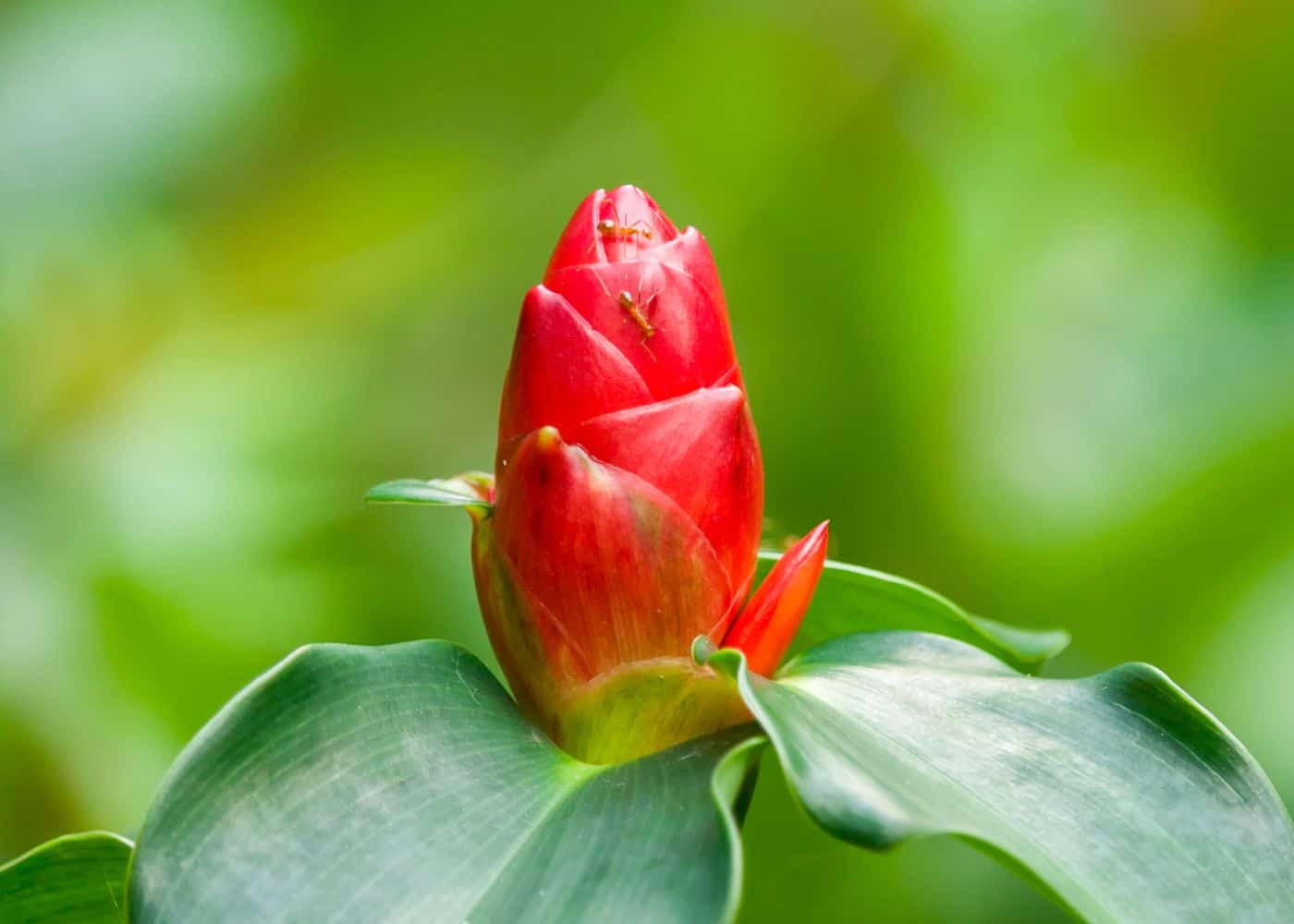
How to plant shampoo ginger lily
Shampoo lily can be grown as a houseplant, a container patio plant, or in the ground where temperatures typically remain above freezing (Zones 9-12). Potted plants are typically available in the spring in tropical plant nurseries, or you can order dormant bulbs in the wintertime/rainy season.
Growing shampoo ginger in a pot
To plant shampoo ginger lily in a pot, choose a container with drainage holes and fill it with a well-draining potting mix. Place the plant in the pot and gently tamp down the soil around the roots to secure it in place. Water the plant thoroughly and place it in a location with partial to full sun.
Growing shampoo ginger in the ground
If you live in a tropical climate and want to plant shampoo ginger lilies in the ground, choose a location with well-draining soil and partial to full sun. Dig a hole that is just slightly larger than the root ball of the plant, and carefully place the plant in the shallow hole. Tamp down the soil around the roots to secure the plant in place, and water it thoroughly.
Care after planting
In either case, be sure to water the plant regularly, but allow the soil to dry out slightly between waterings to prevent root rot. Fertilize the plant once a month during the growing season with a balanced fertilizer, and prune it regularly to encourage healthy growth and flowering. With proper care, your shampoo ginger lily should thrive in either a pot or in the ground in the tropics.
If you’ve planted a dormant rhizome instead of purchasing a potted plant, expect the stalks of leaves to appear in the spring before the flower does. The flower stalks will typically sprout up from the ground in the summertime. The flowers start as a green color but turn red as they fill with liquid and mature.
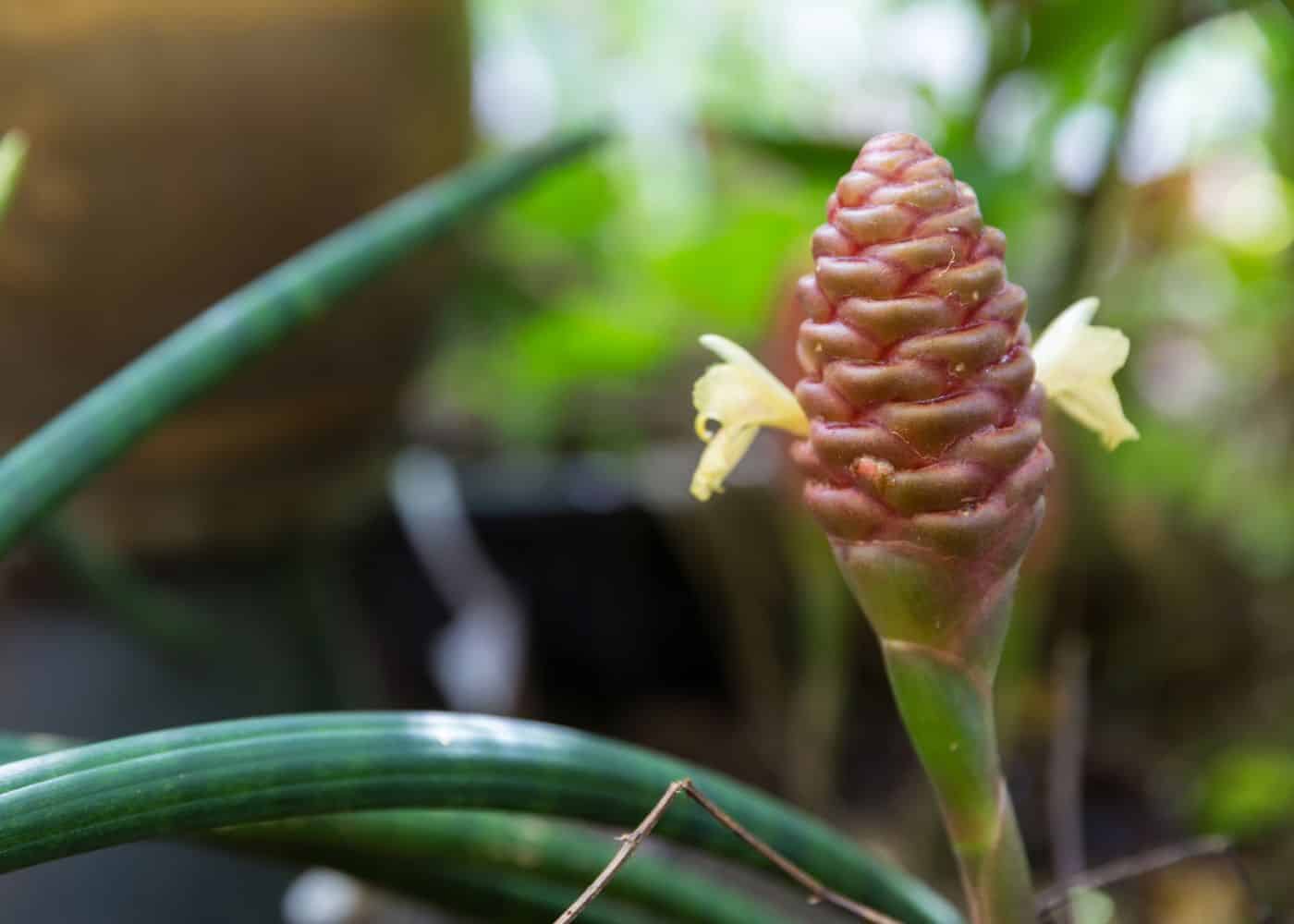
How to care for shampoo lily plants indoors
Shampoo ginger lily is starting to become more common as a houseplant. In general, these plants need bright but indirect light, more water than some other houseplants, and warm, humid air.
Shampoo ginger lily prefers bright, indirect light. Place the plant near a window that gets plenty of light, but be sure to protect it from direct sunlight, which can scorch the leaves. If your home does not get much natural light, this plant will usually flower best near an artificial plant light.
Water the plant regularly, but be sure to allow the soil to dry out slightly between waterings. Overwatering can lead to root rot, so be sure to check the moisture levels in the soil before watering. Try not to let the entire pot get too dry – just let the top inch or two of soil dry out before you water again.
Fertilize the plant once a month during the growing season (spring and summer) with a balanced fertilizer. Avoid over-fertilizing with nitrogen, as this can lead to foliage growth at the expense of flowers.
Shampoo ginger lily needs warm, humid conditions to thrive. Keep the temperature in the range of 60-80°F. Whole house or larger humidifiers are the best way to keep indoor air consistently humid, but you can temporarily increase humidity by misting the plant or placing it on a humidity tray.
Be on the lookout for pests such as mealybugs, which can be controlled with a strong spray of water or organic insecticidal soap. These plants can also get spider mites and fungus gnats, depending on whether the plant is overly dry or overly wet.
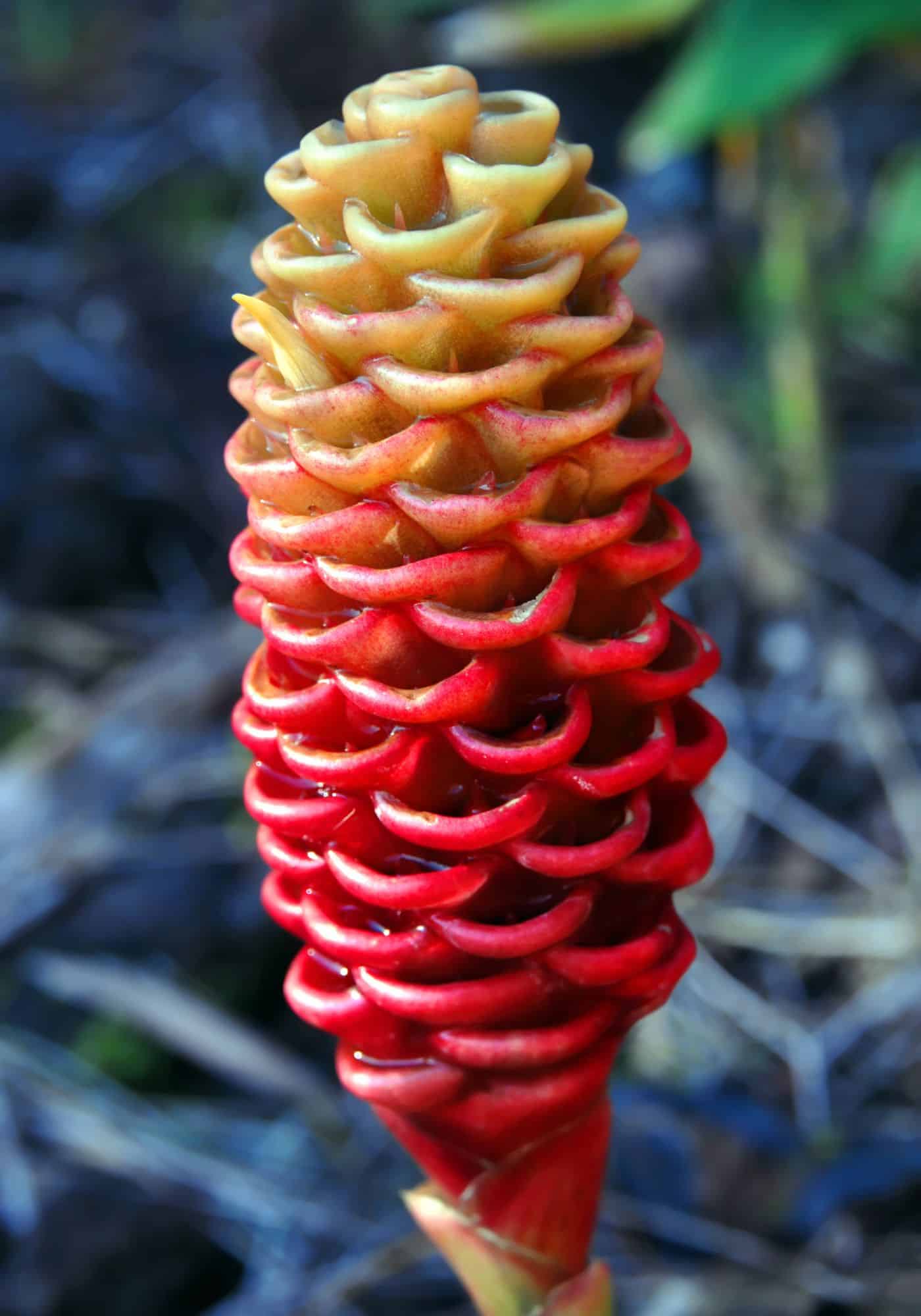
Harvesting shampoo ginger lily
The rhizomes can be harvested at any time, but they are typically at their largest and most flavorful in late summer or early fall. To harvest the rhizomes, gently dig around the base of the plant using a garden fork or shovel.
Be careful not to damage the rhizomes or the plant itself. Once you have exposed the rhizomes, gently lift them out of the soil and cut off any visible roots. The rhizomes can then be washed, sliced, minced, or ground into a powder as needed for cooking.
Cooking with bitter ginger (shampoo ginger)
When used in cooking, Zingiber zerumbet is commonly known as bitter ginger. The flavor is more bitter than other types of ginger. Older, more wizened rhizomes are more bitter than younger ones. You can also use the young shoots for a less-bitter option.
Its root is used in cooking as a spice, and it has a spicy, pungent flavor similar to regular ginger ( but more bitter). In some Asian cuisines, it is used to add flavor to soups, stews, and stir-fries. It can also be used to make ginger tea or other beverages.
The root can be sliced or minced and added to a recipe. Like regular culinary ginger, it can also be dried, ground into a powder, and used as a seasoning.
Using shampoo ginger lily for hair care
This plant can also be used for hair care. The red pinecone-shaped inflorescences produce a sap that acts like a conditioning shampoo. The liquid extract can bring both shine and softness to your hair without stripping it of its natural oils.
The liquid must be extracted from the flower-like inflorescence to be used for hair care. Extraction is most commonly done by squeezing the cone with your hands until the clear serum squishes out.
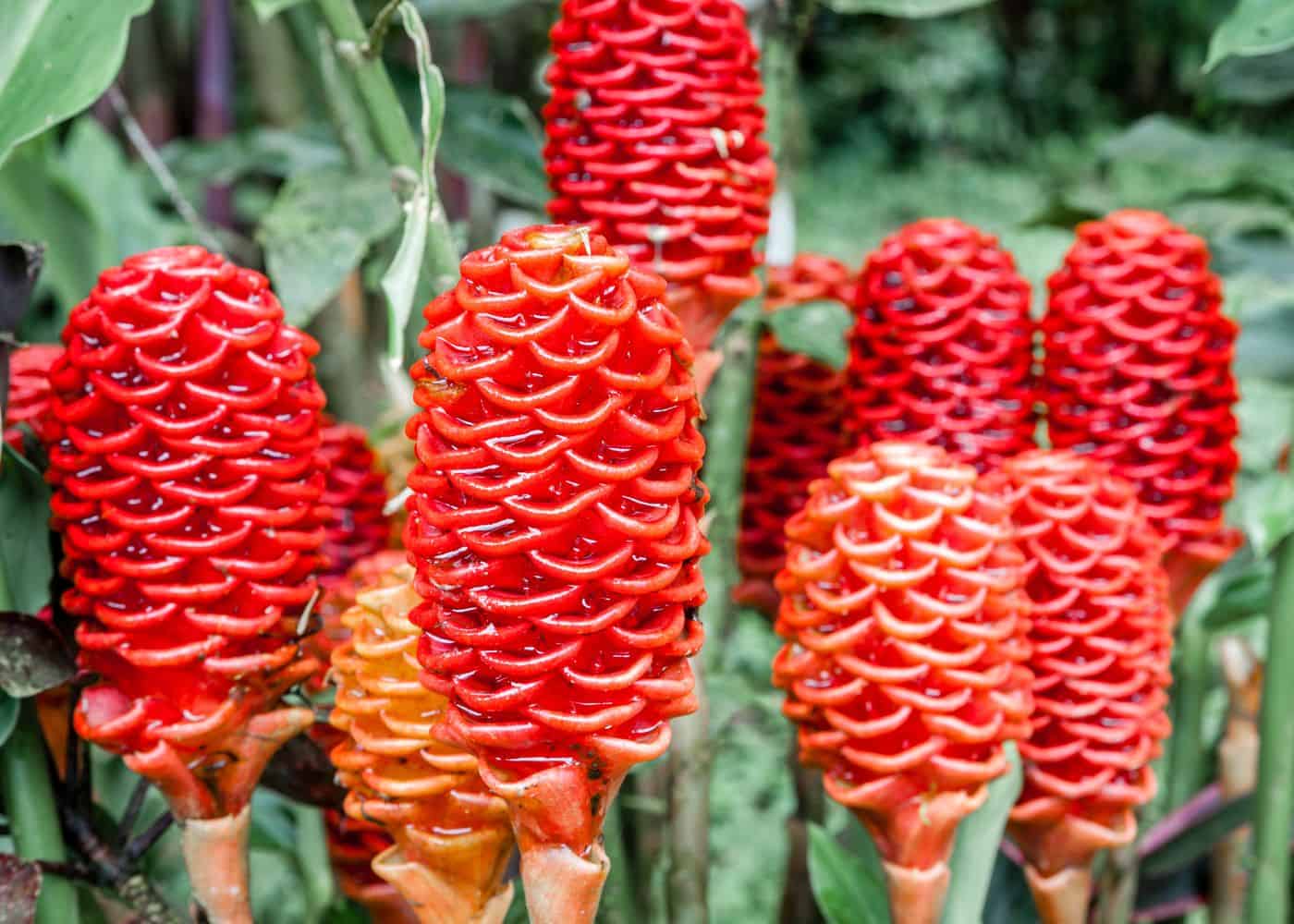
Apply the gel-like substance to your wet hair and rub it in. Like some other natural shampoo products, it will not lather like a conventional shampoo. But it does a good job of cleaning the roots of the hair as it acts as a detergent. It doesn’t leave a residue and makes your hair feel quite soft after you rinse it out.
You can leave the flowers on the plant and squeeze the liquid into a jar. You can also take the flower into the shower with you (carefully) and squeeze it there. If you’re lucky enough to have an outdoor shower, you can leave the flowers on the plant and you might not even need a jar!
The sap does not keep well and is best used when fresh. When ginger is used in shelf-stable hair products (like the Paul Mitchell Awapuhi Wild Ginger line), the roots are typically dried and used instead.
Propagating shampoo ginger lily
If you have a shampoo ginger lily plant and want to propagate it, you can easily do so by dividing the rhizomes (underground stem). Here’s how:
- Choose a healthy, mature shampoo ginger lily plant to propagate. The plant should have several rhizomes and be in good health.
- Carefully dig up the plant or remove it from its pot, taking care not to damage the roots.
- Brush off as much soil as possible. You can even wash the roots to get a good look at the fleshy rhizomes.
- Gently separate the rhizomes of the plant. Try to leave several shoots coming up from each section. It’s usually easiest to slice the rhizomes into sections using a clean, sharp knife. Each rhizome should have several stems w/leaves and roots attached.
- Plant each rhizome section in an individual pot filled with a well-draining potting mix.
- Water the rhizomes thoroughly, and keep the soil moist but not muddy or soggy.
- Place the pots with their planted rhizomes in a location with bright, indirect light, and keep the temperature in the range of 60-80°F.
- As the rhizomes establish themselves and start to grow, be sure to water them regularly and fertilize them once a month during the growing season with a balanced fertilizer.


